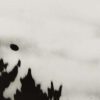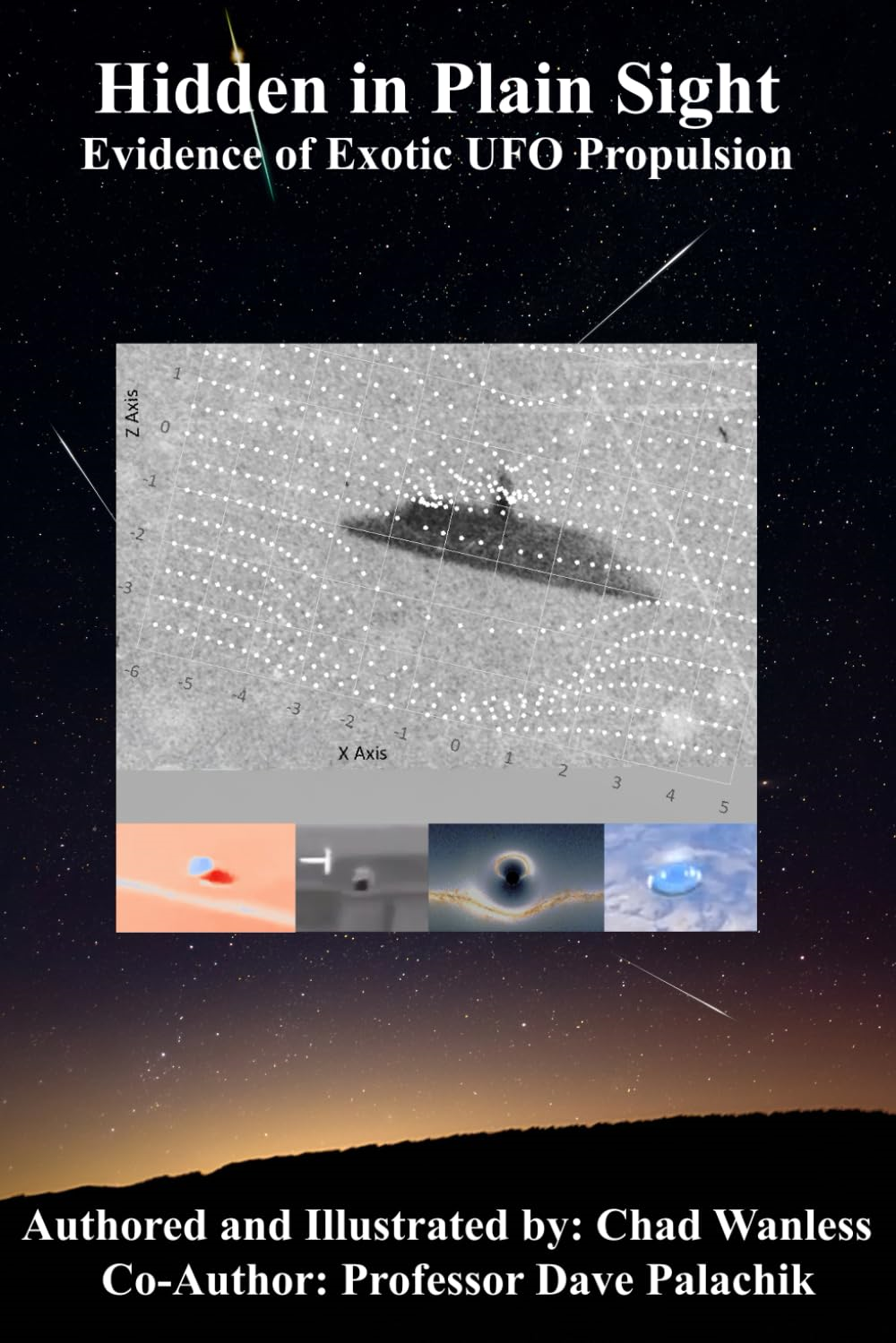Natural compound found in broccoli reawakens the function of potent tumor suppressor0
- From Around the Web, Science & Technology
- May 18, 2019
Finding offers potential novel approach to cancer treatment and prevention

Finding offers potential novel approach to cancer treatment and prevention
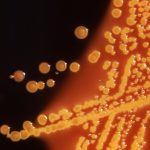
Researchers create altered synthetic genome, in move with potential medical benefits
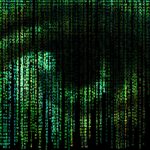
Computer scientists at The University of Texas at Austin have taught an artificial intelligence agent how to do something that usually only humans can do — take a few quick glimpses around and infer its whole environment, a skill necessary for the development of effective search-and-rescue robots that one day can improve the effectiveness of dangerous missions. The team, led by professor Kristen Grauman, Ph.D. candidate Santhosh Ramakrishnan and former Ph.D. candidate Dinesh Jayaraman (now at the University of California, Berkeley) published their results today in the journal Science Robotics.
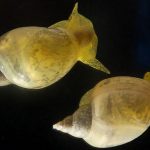
The first gene-edited snails confirm which gene is responsible for how a shell swirls
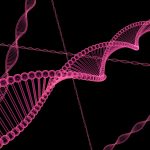
Most Europeans descend from a combination of European hunter-gatherers, Anatolian early farmers, and Steppe herders. But only European speakers of Uralic languages like Estonian and Finnish also have DNA from ancient Siberians. Now, with the help of ancient DNA samples, researchers reporting in Current Biology on May 9 suggest that these languages may have arrived from Siberia by the beginning of the Iron Age, about 2,500 years ago, rather than evolving in Northern Europe.
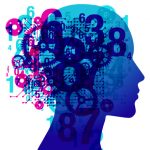
The neural network developed ‘number neurons’ similar to those in animal brains
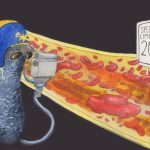
An all-Princeton research team has identified bacteria that can detect the speed of flowing fluids.

Sean McWilliams, an assistant professor at West Virginia University, has developed a mathematical method for calculating black hole properties from gravitational wave data. He has written a paper describing his method and posted it on the arXiv preprint server. The paper has been accepted for publication in Physical Review Letters.
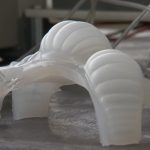
Two interns are prototyping soft robots made using 3D printing and silicon.
